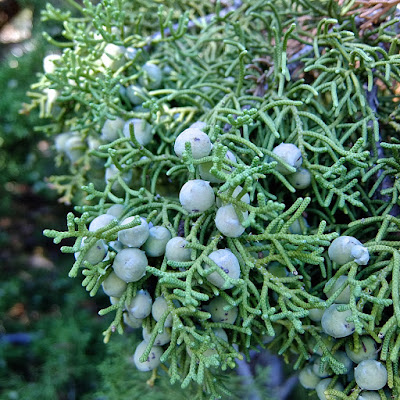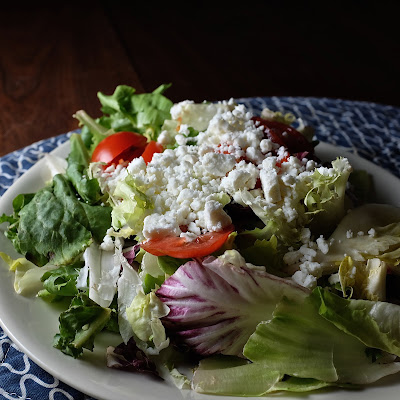Alan Turing’s Lost Notebook (And Other Million Dollar Notebooks)
There was a really interesting
post over at the Pencils Blog today. A handwritten notebook kept by Alan Turning, the British
codebreaker and father of computer science, goes up for auction in April. It should go for about million dollars.
Less Than a Million Dollar Notebooks
I have, off and on over the course of my life, kept a variety of notebooks that could be construed as diaries, journals, logbooks, or simple task lists. Since I retired, I mostly maintain what is basically just a "To Do" list. Writing down the things I intend to accomplish each day, and ticking them off as I go along, in an inexpensive "
reporter's notebook". Having a daily record like this helps me to stay on target and get things done. But, much like
David Allen, I find it too awkward to carry around and just keep it at hand in the house.
 |
| Moleskine cahier Journal: photo by Cliff Hutson |
My go to notebook when I am out and about is a pocket-sized
Moleskine cahier journal. It is great for daily use. I always have one in the vests I wear at the botanic garden filled with information about plants, notes on touring, and what have you. There is also one, or one of another size, in all of my camera bags, messenger bags, and the cab of the truck at all times.
Moleskine notebooks are functional, but the company's marketing has made them just a little too "precious", to the point of parody. So, I keep looking for alternatives.
 |
| Food Journal: photo by Cliff Hutson |
One of these is a bit of a disappointment. Last month I switched to a medical plan that actually cares about my health. I was asked to complete a questionnaire and was a bit embarrassed when I difficulty answering questions about what, and how much, I was eating on a day-to-day basis. So, I decided that it might behoove me to start logging that information. It just so happened that I had a coupon to use at
Princeton Architectural Press which was offering "What Did I Eat Today?, A Food Lover's Journal". Lovely to look at and delightful to hold, it has too many frivolous pages for the likes of me. But, I am off to a good start and once it is completed I will just move on to a regular ruled notebook. One that I am sure no one will ever want to buy at auction.

























